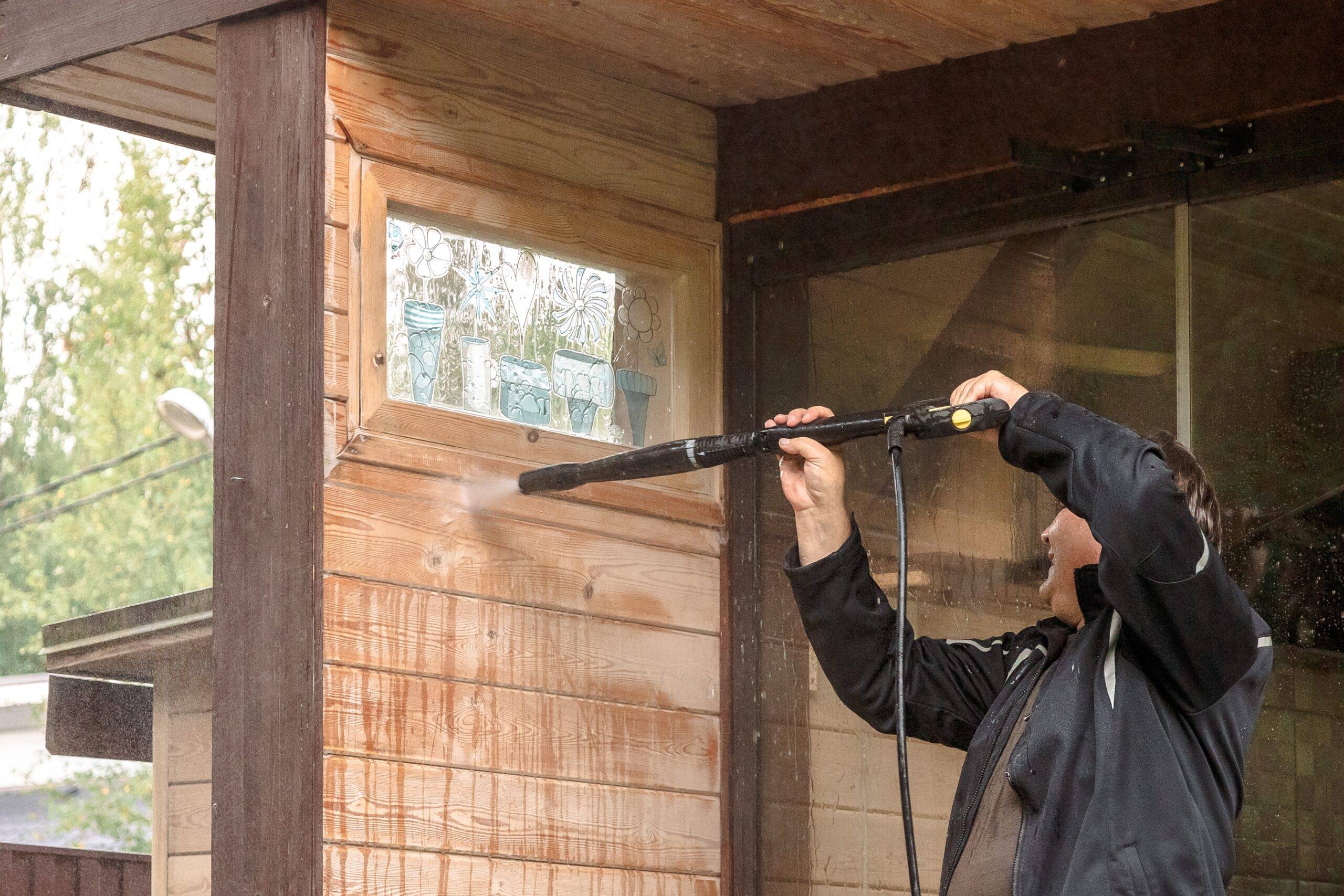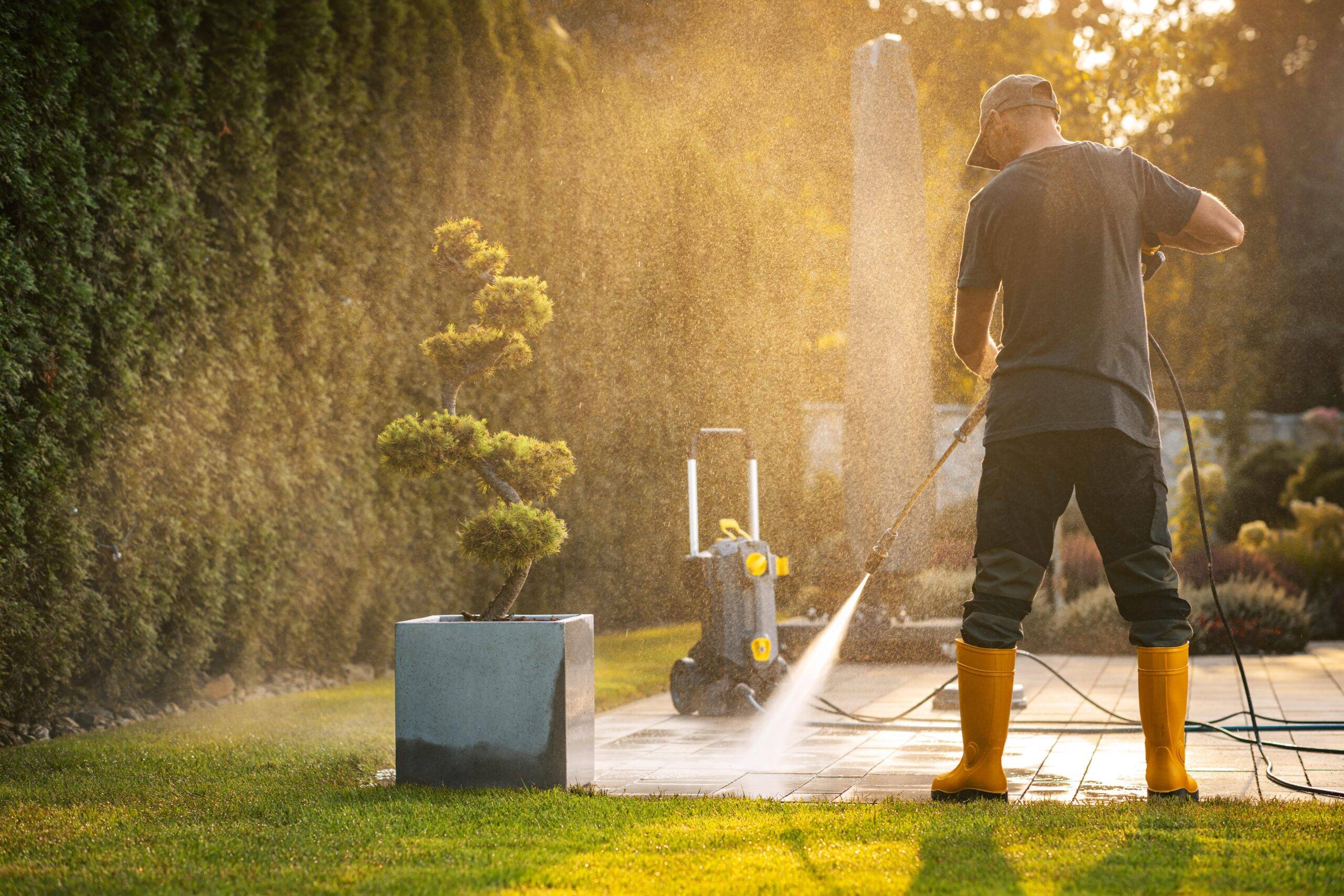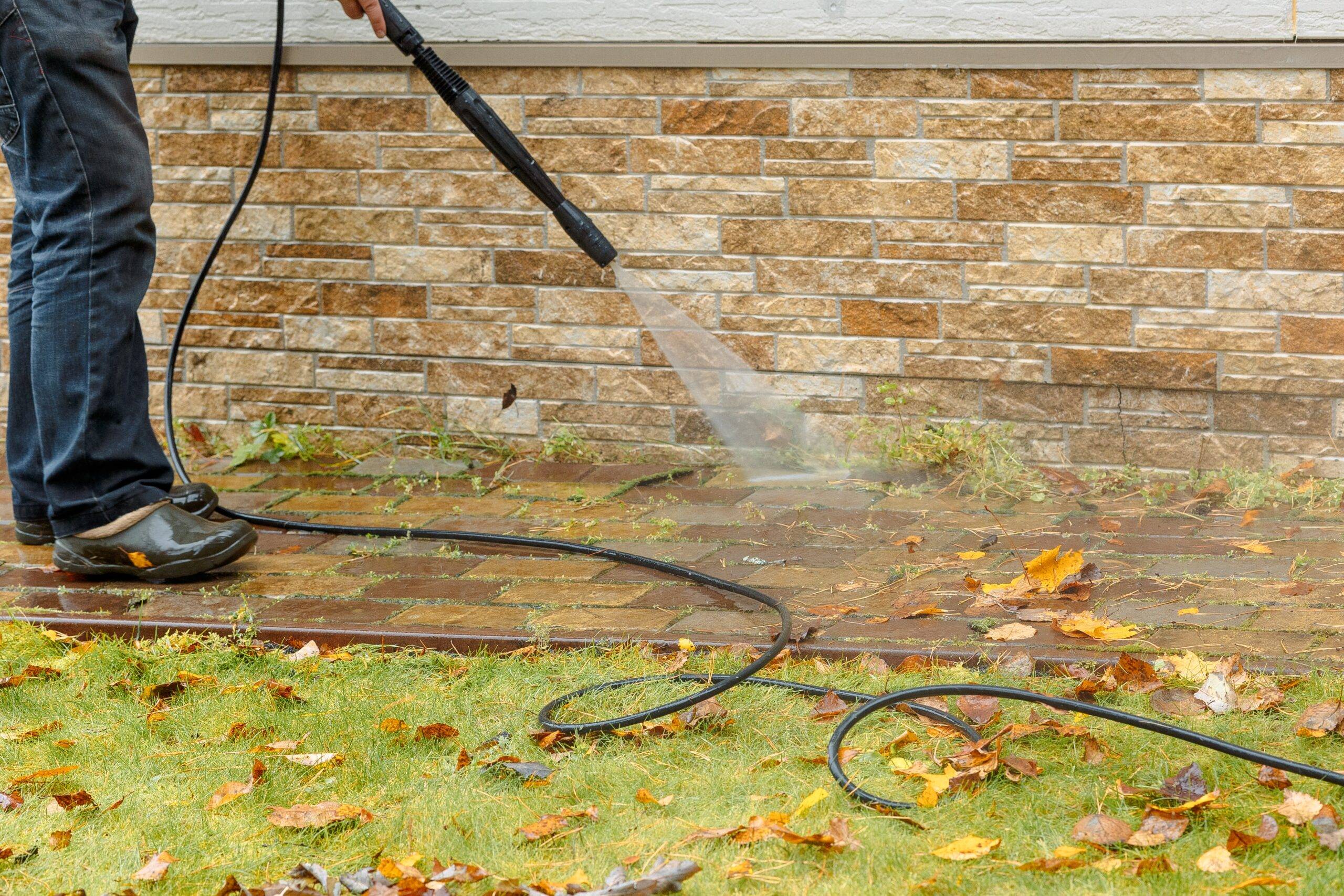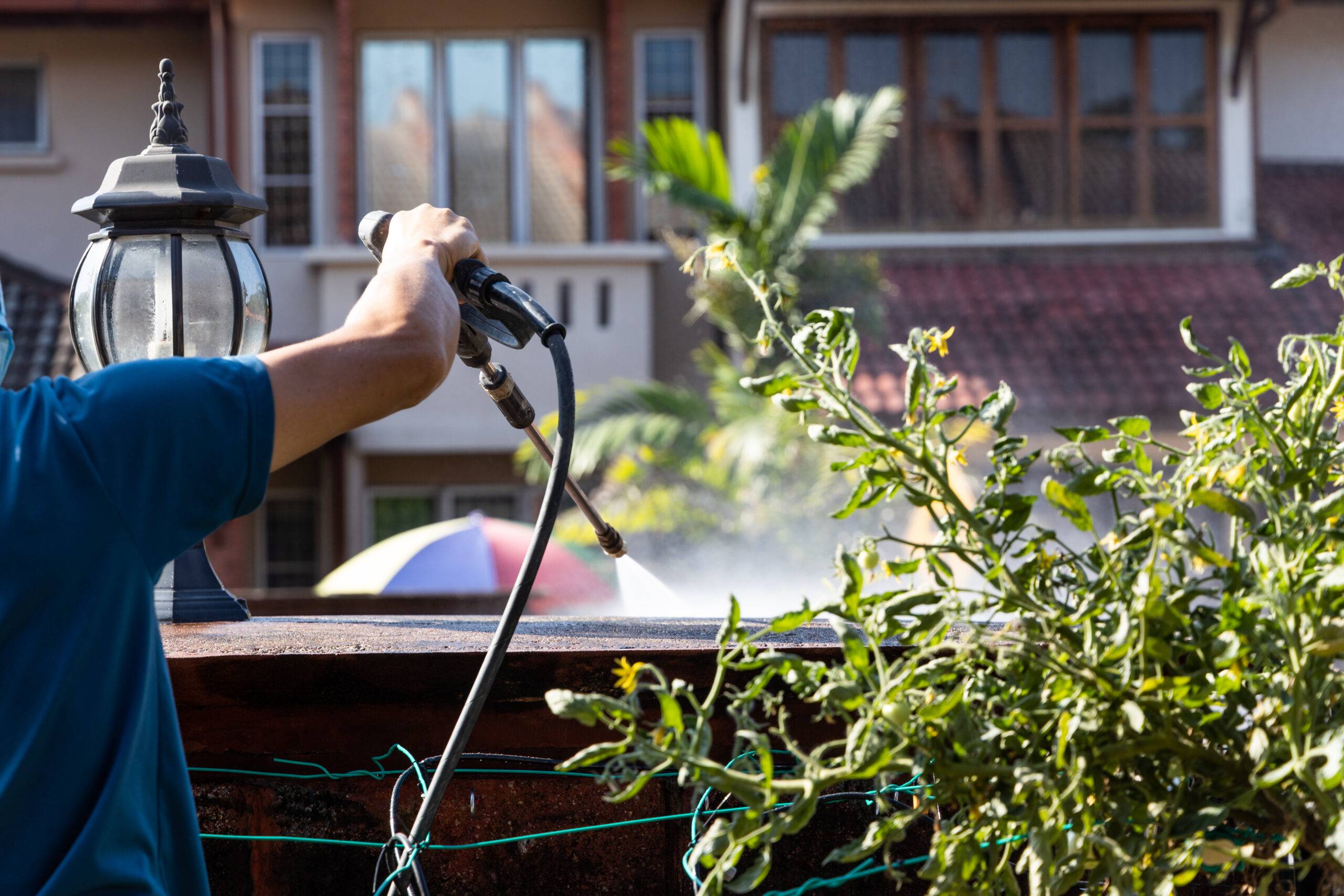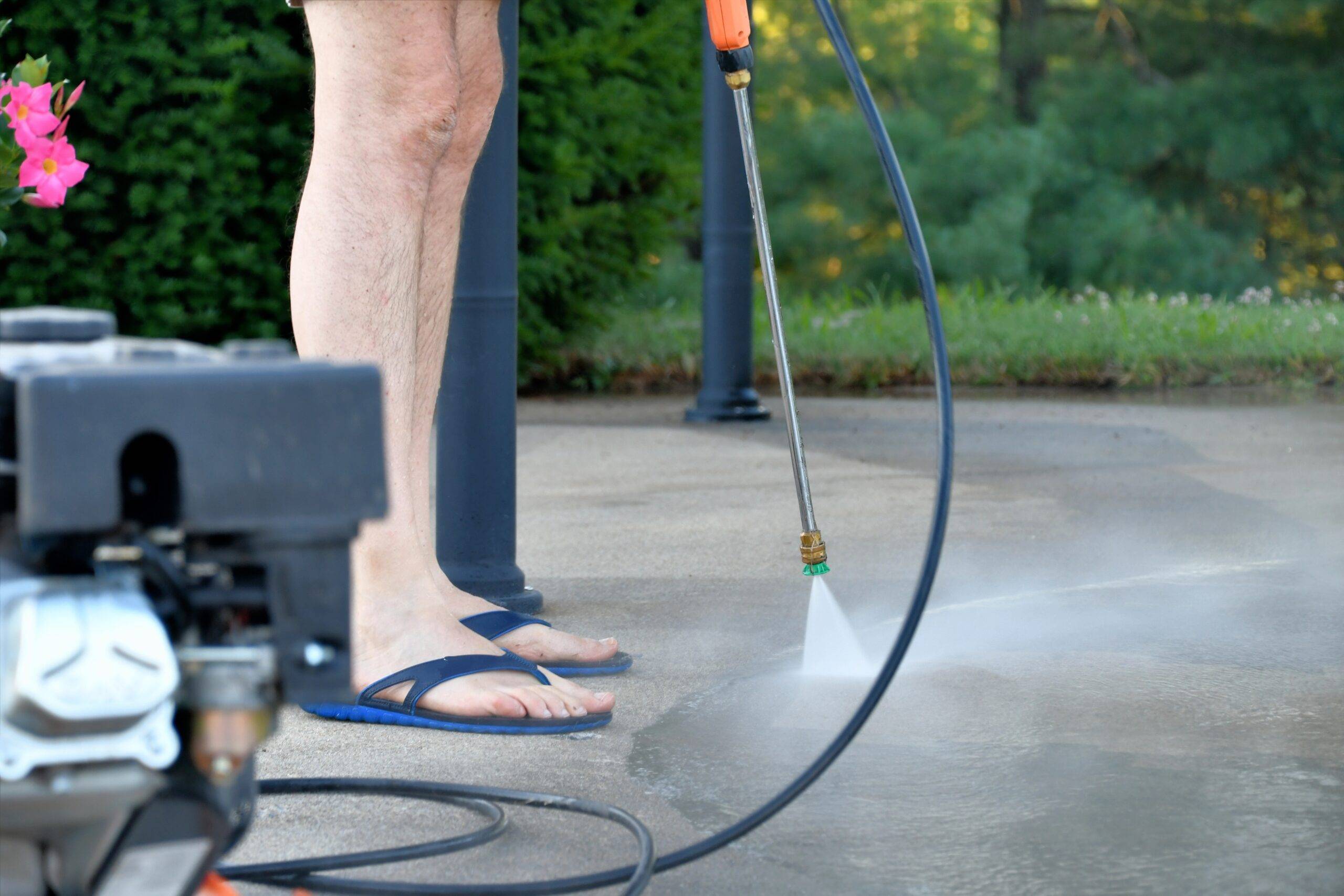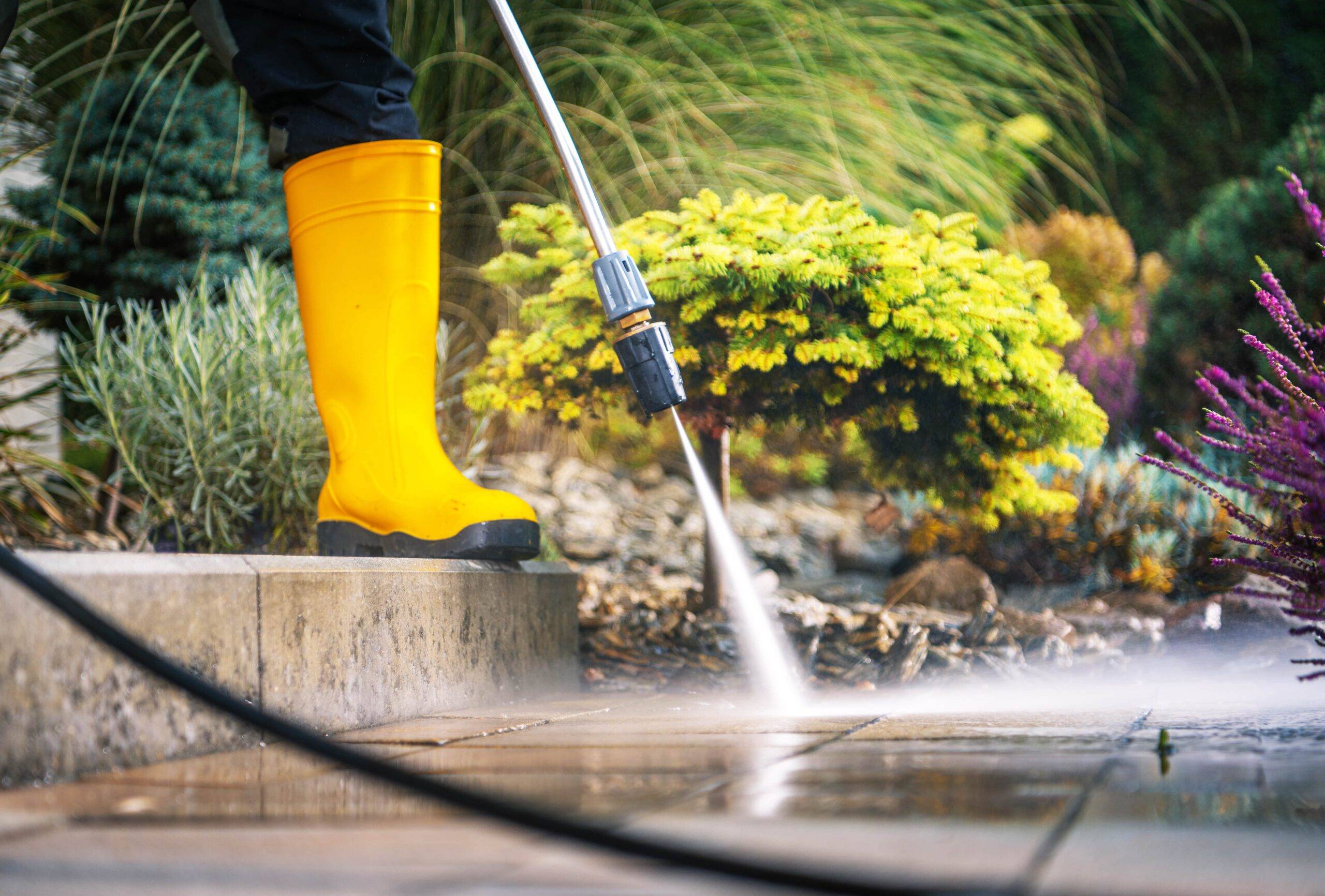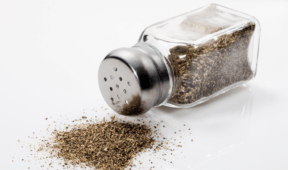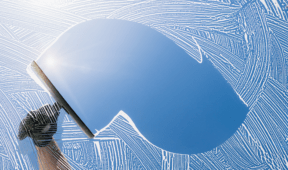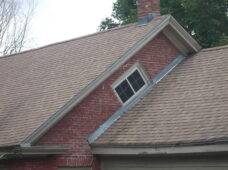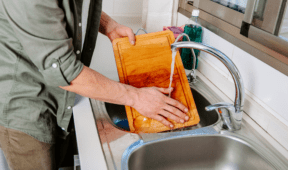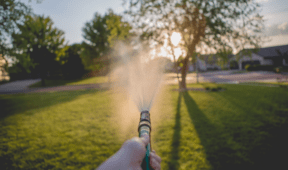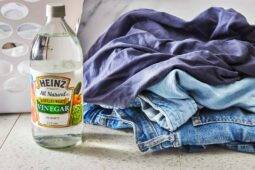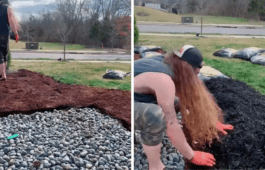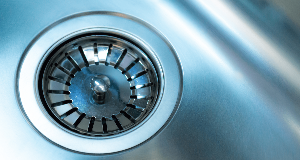A Beginner’s Guide To Pressure Washing
Pressure washing might seem like something only pros should handle, but it’s surprisingly doable for beginners. Whether you’re dealing with moldy siding, a stained driveway, or green buildup on your deck, a pressure washer can cut through the mess faster than scrubbing by hand. Still, it’s not just a “point and spray” job. The power behind these machines means you can easily damage surfaces or waste water if you’re not careful. This guide breaks down everything you should know before starting, from safety to smart technique, so you can get the job done well and avoidsome common mistakes.
Know What You’re Cleaning (and What You Shouldn’t)
Not everything should be pressure washed. It’s great for hard surfaces like concrete, stone, and vinyl siding. But softer materials like wood shingles, old paint, or anything loosely attached can be damaged. Before you spray, think about what you’re dealing with. If something can flake, bend, or break easily, test a small corner first or skip it entirely. Also, be cautious with older windows and painted surfaces. Pressure washing can strip away more than just dirt, and sometimes, it’s better to gently hand-clean delicate areas instead of blasting them with water.
Electric vs. Gas
If you’re washing a small patio or a car, an electric pressure washer is lighter, easier to handle, and quieter. It’s plug-and-go, which makes it better for beginners. But if you’re cleaning a large area, like a driveway or house siding, a gas model has more power and no cord to worry about. It’s louder and heavier, but it also gets big jobs done faster. Keep in mind though that the stronger the machine, the more careful you need to be. Go with the lowest pressure you need first, it’s safer and often just as effective.
Learn the Nozzle Colors
The nozzle tip controls the shape and power of the spray. Red is the most powerful and narrow, too strong for most surfaces. Yellow is good for concrete. Green is your go-to for general cleaning like patios or fences. White is gentle and best for windows or cars. Black is used for applying soap. It seems like a small detail, but using the wrong nozzle can damage paint or push water under siding. Start wide, then go narrower if you need more strength. Don’t stand too close to the surface either, back up and move in slowly.
Clean Smart, Not Fast
Start from the top and work your way down. If you’re cleaning a house, begin at the gutters and move downward. Otherwise, you’ll end up spraying dirt back over areas you already cleaned. Work in sections. Keep the nozzle moving, holding it in one spot can etch marks or cut into surfaces. And if you’re using detergent, give it a few minutes to break down the grime before rinsing. It’s tempting to rush, but pressure washing is more about steady control than speed.
Safety First, Every Time
Pressure washers can cause injuries if mishandled. The spray is strong enough to break skin, so never point it at people or pets. Wear closed shoes and protective eyewear. Watch where cords and hoses are so you don’t trip or tangle. Avoid ladders—if you need to reach high spots, use an extension wand. And never use a gas-powered washer indoors or in enclosed spaces. The exhaust builds up fast and can be dangerous.
When to Repair, When to Replace
Pressure washers wear out over time, especially if they’re used often or stored improperly. If yours is leaking, won’t hold pressure, or won’t start, look at the age and model. If it’s under five years old, and the parts are easy to access (like hoses or o-rings), it might be worth repairing on your own, but if the motor is shot or parts are hard to find, a full replacement is often cheaper and quicker. For electric models, repairs are rarely cost-effective unless it’s a simple fix. For gas ones, they’re built tougher, but the repair costs can climb quickly.
Related Articles
- Common Water Heater Issues And How To Solve Them
- How To Clean Patio Pavers [Without a Pressure Washer!]
- 5 Simple and Easy Ways to Clean Grout and Get Rid of Mold
Pressure washing can save you a ton of time and effort, but it’s only helpful if you use it the right way. Knowing your surface, choosing the right tools, and not overdoing it, these will all help your pressure washer both work better and last longer. Start small, get comfortable, and don’t expect perfect results in one go. With a little practice and the right safety habits, pressure washing can become a go-to part of your home cleaning routine. Once you get the hang of it, you’ll wonder how you ever lived without it.

